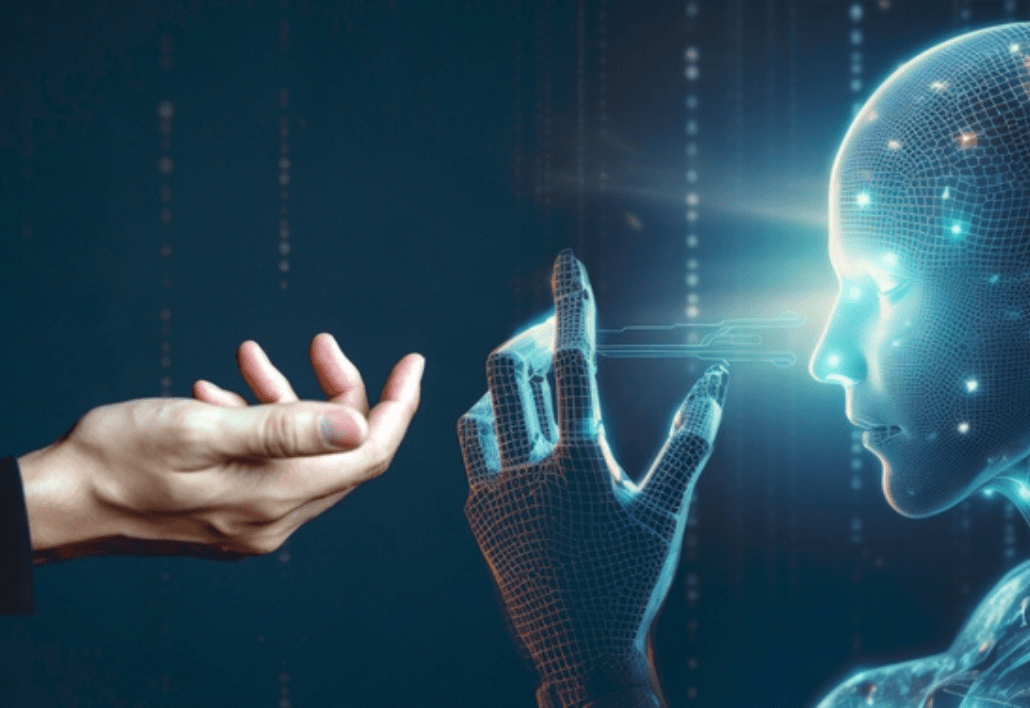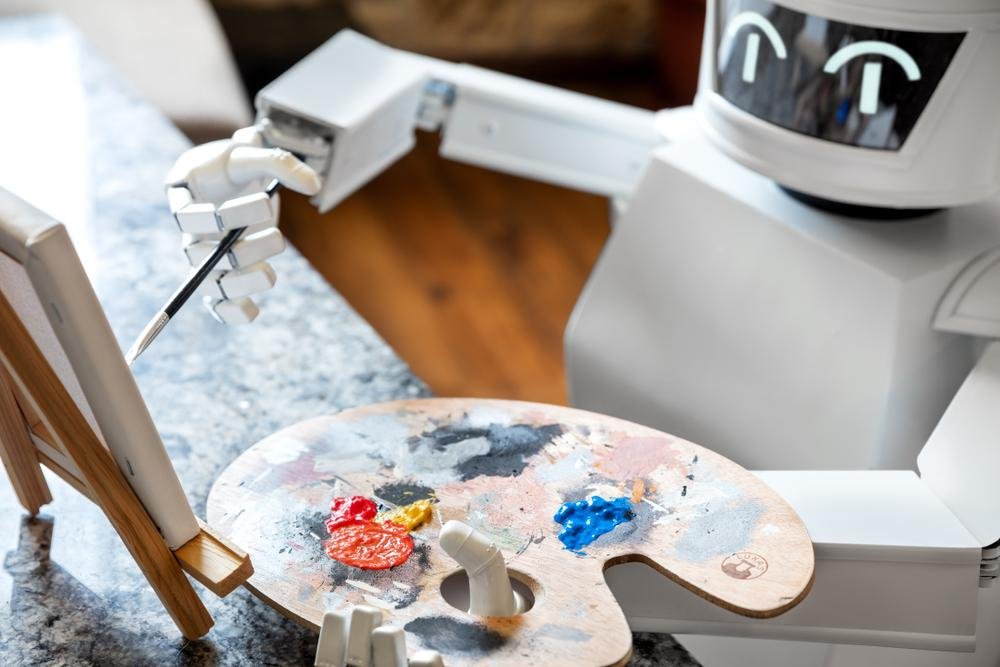
Unleashing Creativity: The Rise of Creative and Generative AI
The world of artificial intelligence (AI) has witnessed remarkable advancements in recent years. Among these breakthroughs, Creative and Generative AI has emerged as a revolutionary force, challenging conventional notions of creativity and innovation. In this article, we explore, in more detail, the exciting developments in...
The world of artificial intelligence (AI) has witnessed remarkable advancements in recent years. Among these breakthroughs, Creative and Generative AI has emerged as a revolutionary force, challenging conventional notions of creativity and innovation. In this article, we explore, in more detail, the exciting developments in this field, its potential applications, and the ethical considerations that accompany it.
The Essence of Creative and Generative AI
Creative and Generative AI refers to the subset of artificial intelligence that leverages algorithms and neural networks to produce content that, to varying degrees, mimics human creativity. Unlike traditional AI, which focuses on problem-solving and pattern recognition, Creative and Generative AI aims to produce novel, imaginative, and artistic outputs.

The key components of creative and generative AI are neural networks, training data, fashion and apparel and scientific research. As the capabilities of creative and generative AI continues to grow, ethical concerns also emerge as technology comes into play. The question of “who owns the content created by AI?” has sparked debates about copyright and intellectual property rights. AI models can inherit biases present in their training data which can lead to biased outputs and in turn efforts should be made to ensure fairness and equity within AI-generated content being put out. The miseuse of AI generated content, such as AI being used in a malicious way like deepfakes to spreading misinformation, should be prevent in order to remain aware of the impact of AI content.

Creative and Generative AI holds immense promise in various fields, offering new tools for artists, designers, scientists, and creators. However, ethical considerations must guide its development and deployment to ensure that the benefits are harnessed responsibly. As we navigate this new era of AI-driven creativity, it is essential to strike a balance between human ingenuity and the capabilities of these innovative technologies, fostering a future where both can coexist harmoniously and push the boundaries of creativity.
